Gardening can be an incredibly rewarding and fulfilling activity, but before you dive deep into the world of horticulture, it’s important to understand that there are pros and cons when it comes to tilling your garden beds. Tilling is a great way to get the soil in your garden ready for planting, but there are potential drawbacks to consider as well. This article will explore the advantages and disadvantages of tilling the land in your garden so that you can decide if this method is right for you.
What is the Purpose of Tilling Your Garden?
Tilling your garden is an essential step in preparing for a successful growing season. Tilling loosens the soil, allowing it to absorb more water and nutrients, making it easier for your plants to take root and thrive. It also breaks up compacted soil that can prevent air from getting to your plant’s roots, encouraging healthy growth.
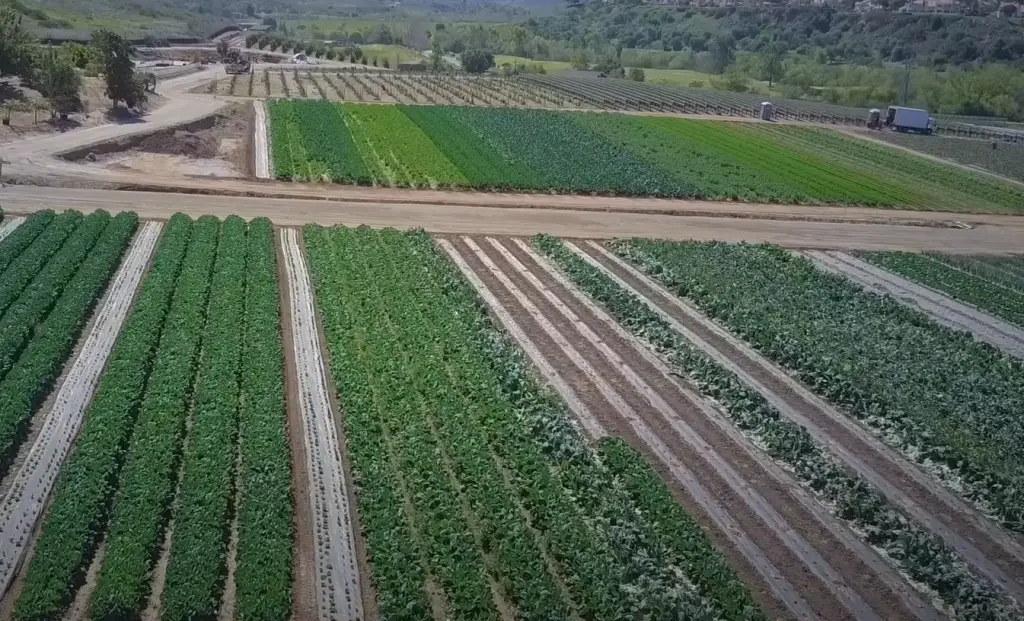
Additionally, tilling removes weeds that may compete with your plants for available resources. Finally, tilling helps mix in organic matter such as compost or mulch into your soil, improving its structure and providing additional nutrients for your plants. Overall, tilling can help create an optimal growing environment that yields bigger and healthier harvests of fruits and vegetables.
For best results when tilling the garden, make sure you choose the right tools for your type of soil. A lightweight rototiller is ideal for looser soils, while a heavier one may be required for heavier clay soils. Additionally, aim to till when the soil is moist but not wet so that it doesn’t clump together and cause compaction.
With these tips in mind, you can look forward to a productive and successful growing season [1]!The Pros and Cons of Tilling Your Garden
Till Gardening Pros
Till gardening can provide lots of advantages, such as:
- Improved soil aeration and drainage – When you till your garden, the soil is broken up into smaller pieces which allow air and water to penetrate deeper. This helps create a healthier environment for plants to grow.
- Better weed control – Tilling can help reduce weeds by disrupting their growth cycle and exposing them to sunlight.
- Increase in soil fertility – Till gardening can help increase the amount of organic matter in the soil, allowing more nutrients to be available for plants to absorb.
- Easier planting – Because tilling breaks up the soil it makes it easier for seeds and seedlings to take root.
Till Gardening Cons
Unfortunately, there are some disadvantages to tilling your garden as well:
- Soil compaction – Tilling can make the soil harder and more compact which can lead to poor water drainage.
- Loss of beneficial organisms – Till gardening can disturb ecosystems in the soil and destroy beneficial microorganisms that help keep plants healthy.
- Erosion – Tilling can cause soil erosion if it’s done too aggressively or on sloped land.
- Cost – Tilling equipment can be expensive and rental fees for commercial machines may be pricey as well.
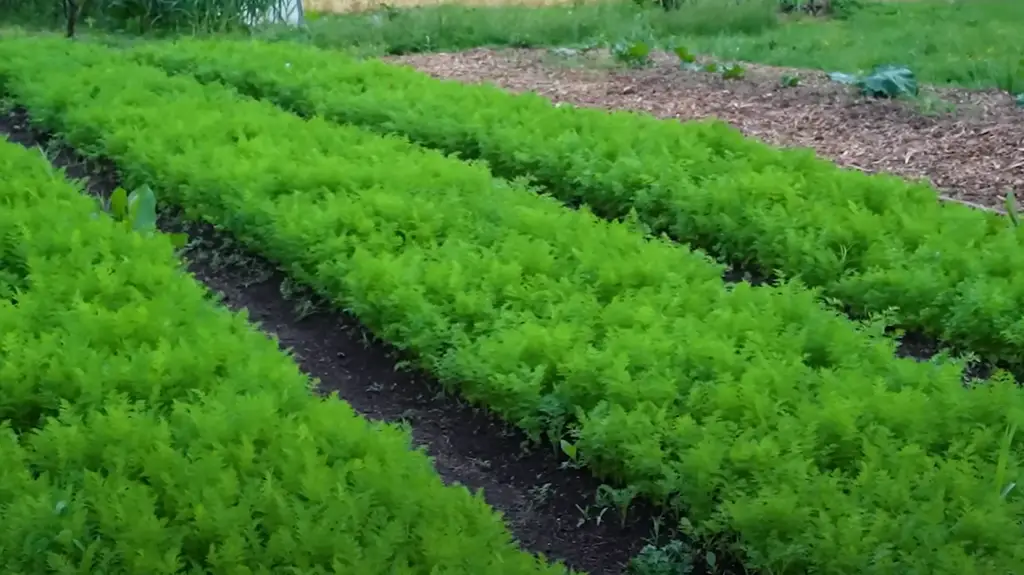
Overall, till-gardening has both pros and cons, so it’s important to weigh them carefully before making a decision about whether or not it’s right for your garden.
Tips For Tilling Your Garden Successfully
If you decide that tilling is right for your garden here are some tips to ensure success:
- Start small – Begin with just a section of the garden and gradually work up from there. This will help ensure that you don’t do too much damage to the soil.
- Don’t over-till – Over-tilling can lead to compaction and erosion, so be sure not to go too deep or work the soil for too long.
- Amend your soil – Add organic matter like compost or manure to improve the quality of the soil before you till. This will help increase fertility and reduce compaction.
- Monitor your plants – Keep an eye on how your plants are doing after tilling as they may need some extra care and attention in the beginning.
These tips should help ensure that you have a successful tilling experience and enjoy the benefits that it can provide for your garden!
No-Till Gardening Pros
Not everyone likes the idea of tilling their garden, and luckily there is an alternative option: no-till gardening. Here are some advantages that this method offers:
- Less labor – No-till gardening requires very little work since you don’t have to break up the soil or remove weeds.
- Improved soil quality – With no-till gardening, soil structure and fertility can be improved over time as organic matter accumulates on top of the ground.
- Better water retention – The layer of mulch that is used in no-till helps protect the soil from erosion and keeps moisture in the ground longer which can be beneficial for plants.
No-Till Gardening Cons
Although there are many benefits to no-till gardening, it’s important to consider some potential drawbacks as well:
- Weeds – Without tilling the soil, weeds can still take root and become a problem. It is important to keep an eye on them and hand weed or use other methods of control if necessary.
- Nutrient depletion – The layer of mulch used in no-till gardening can prevent nutrients from getting into the soil. You may need to supplement with fertilizers or compost to make sure your plants get enough nutrition.
- Time – No-till gardening takes more time since you have to wait for organic matter to accumulate before planting, which can be several months.
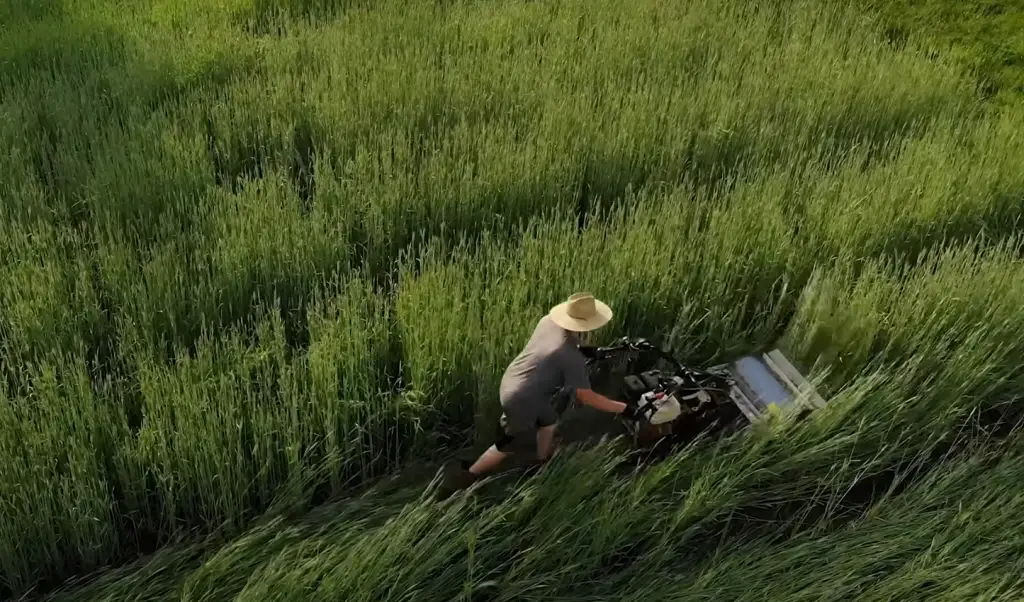
Overall, no-till gardening can be a great way to minimize labor and improve soil quality, but it’s important to understand the potential drawbacks as well.
Tips For No-Tilling Your Garden Successfully
If you decide that no-till gardening is the right choice for your garden, here are some tips to ensure success:
- Start with a clean slate – Make sure to remove any weeds and debris before starting. This will help reduce competition for nutrients and water in the soil.
- Use mulch – Apply a layer of organic mulch such as straw or grass clippings on top of the soil to protect it from erosion and retain moisture.
- Plant cover crops – Planting cover crops like clover or rye can help improve fertility by adding nitrogen back into the soil.
- Monitor your plants – Keep an eye on how your plants are doing after planting and add extra fertilizer or compost if needed.
Following these tips should help ensure that you have success with your no-till garden and enjoy the many benefits that this method can offer [2]!
How to till the garden? A process explained
Tilling your garden is an important step to ensure a successful growing season. Whether you’re planting vegetables, flowers, or herbs, tilling can help loosen the soil and break up large clumps of dirt allowing for better drainage and aeration. Additionally, it helps to remove weeds and their roots from the soil so they don’t compete with your plants for nutrients. Here’s how to till your garden:
- Clear away any debris that may be in the way such as rocks or sticks before beginning to till the garden.
- Prepare the soil by fertilizing it if necessary by spreading compost or another type of fertilizer over the surface of the soil before tilling.
- Turn on your rototiller and begin tilling the soil in a slow, steady motion. Make sure to go over the entire area at least twice to ensure that all of the soil is broken up and mixed together properly.
- Till until you have reached a depth of 8-10 inches deep or until the soil has been completely broken up into small clumps.
- Once finished, rake away any large clumps of dirt or rocks that may be left behind from tilling.
- Add any necessary amendments such as compost or sand to help enrich the soil if desired before planting your seeds or plants.
- Water your newly tilled garden lightly with a hose or watering can help settle the soil and get it ready for planting.
Following these steps, your garden will be ready to plant and you’ll be on your way to a fruitful growing season. Have fun and enjoy the fruits of your labor!
What can you plant in a tilled vegetable garden?
When it comes to tilled vegetable gardens, the options can seem endless. Depending on your climate and the size of your garden, you can choose from a variety of vegetables to grow.
Not only do these vegetables provide nutritious meals during the growing season but many are also easy to store and preserve for later use.Additionally, some are great candidates for composting if you want to make sure that no food goes to waste in your garden. Other considerations when choosing what to plant in a tilled vegetable garden might be how much space each type of vegetable requires and how long it takes to reach maturity.
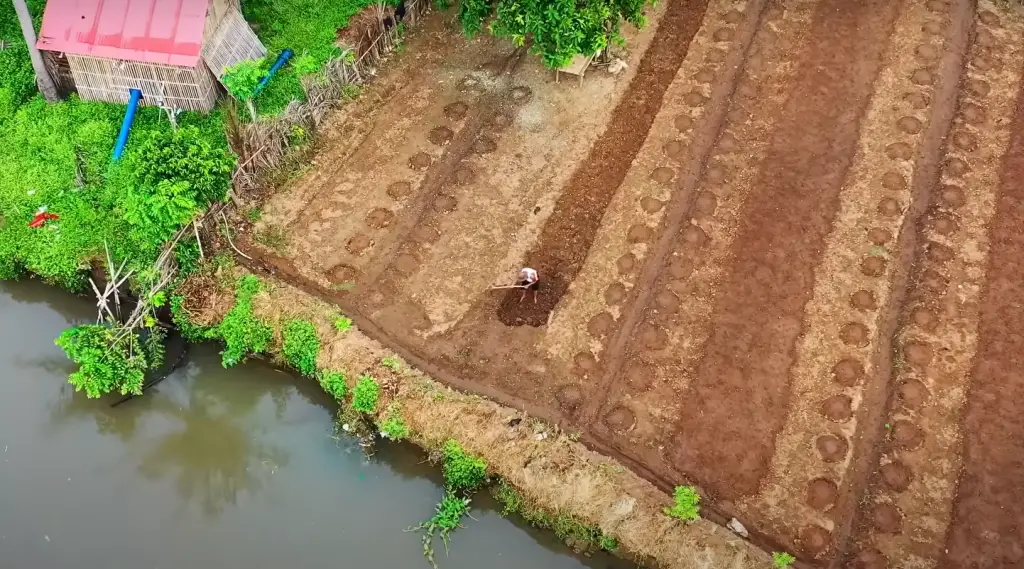
When planning your garden, make sure to give each type of vegetable enough room to grow and ensure that you are planting varieties that will be ready for harvest at the same time. This can help reduce waste and maximize the amount of food you can produce from your garden.
Additionally, consider companion planting – selecting vegetables that grow best together – in order to increase yields and discourage pests in your garden. With careful planning and regular maintenance, a tilled vegetable garden can be an invaluable source of fresh, nutritious food throughout the growing season.
FAQ
What are the disadvantages of tilling?
Tilling can cause soil erosion, destruction of underground ecosystems, increased carbon dioxide and other greenhouse gas emissions from the soil, reduced water storage capacity in the soil, creation of new weed populations, and disruption of natural nutrient cycles. It can also lead to an increase in the amount of labor needed to manage a farm or garden plot. Additionally, tilling can be expensive and time-consuming. Finally, it is important to note that some plants do not respond well to tilling, so it may be necessary to adjust planting techniques accordingly. In conclusion, there are many potential disadvantages associated with tilling. Careful consideration must be given before beginning any tilling project.
What are some tips for successful tilling?
- Start with appropriately sized equipment: Tilling is most effective when done with the right-sized tilling equipment. A machine that is too large or heavy can damage the soil structure and cause compaction, while a machine that’s too small may not adequately till the soil.
- Adjust to different soil types: Different soil types require different tilling techniques, so be sure to adjust accordingly for clay, silt, sand, etc.
- Don’t overwork the soil: It’s important not to overwork your soil by tilling it more than necessary; this can lead to compaction and other issues.
- Add in organic matter: Incorporating organic matter into the tilled area will help to improve soil structure and fertility.
- Avoid tilling when the ground is wet: Tilling should not be done when the soil is wet, as this can lead to compaction and other problems.
- Till around existing plants: When possible, it’s best to till around existing plants so that their root systems are not disturbed.
- Check for debris or rocks in the soil: Before tilling, check your soil for any debris or rocks that could damage your equipment or cause injury while you’re working.
- Don’t forget to fertilize: After tilling, don’t forget to fertilize the area with a slow-release fertilizer. This will help to replenish any nutrients that may have been lost during the tilling process.
- Water after tilling: Once you’ve finished tilling, be sure to water your newly-tilled soil, as this will help to settle it and create a good seedbed for planting.
- Allow time for settling: After watering, allow the soil to settle before planting anything in it; otherwise, plants could become uprooted when watered or disturbed later on.
What are the benefits of tilling?
Tilling can be beneficial for a variety of reasons. It can help to aerate the soil, improve drainage and water absorption, reduce compaction, increase nutrient availability, control weeds, loosen up hardpan layers in the soil, make it easier to plant crops or gardens, encourage earthworm populations and other beneficial organisms in the soil, and more. Additionally, tilling can also make it easier to work with the soil for other purposes such as bed preparation or composting. In short, tilling is important for many aspects of sustainable farming and gardening.
What other methods are there for preparing soil?
In addition to tilling, there are several other methods for preparing soil. For example, sheet mulching involves laying down layers of organic materials such as cardboard, newspaper, or straw on top of the soil to smother weeds and improve the soil’s structure. Cover crops can also be planted in order to add nutrients and organic matter back into the soil. Deep cultivation is another technique that involves using tools such as a broad fork to loosen up hardpan layers in the soil without disturbing its structure too much. Finally, no-till farming is another method of managing soils without any tilling at all; this approach relies on crop rotations, cover crops, and other methods to keep soils healthy and productive.
What are the advantages and disadvantages of no-till?
The main advantage of no-till is that it reduces soil erosion and helps to protect water quality. It also has other environmental benefits such as reducing greenhouse gas emissions.
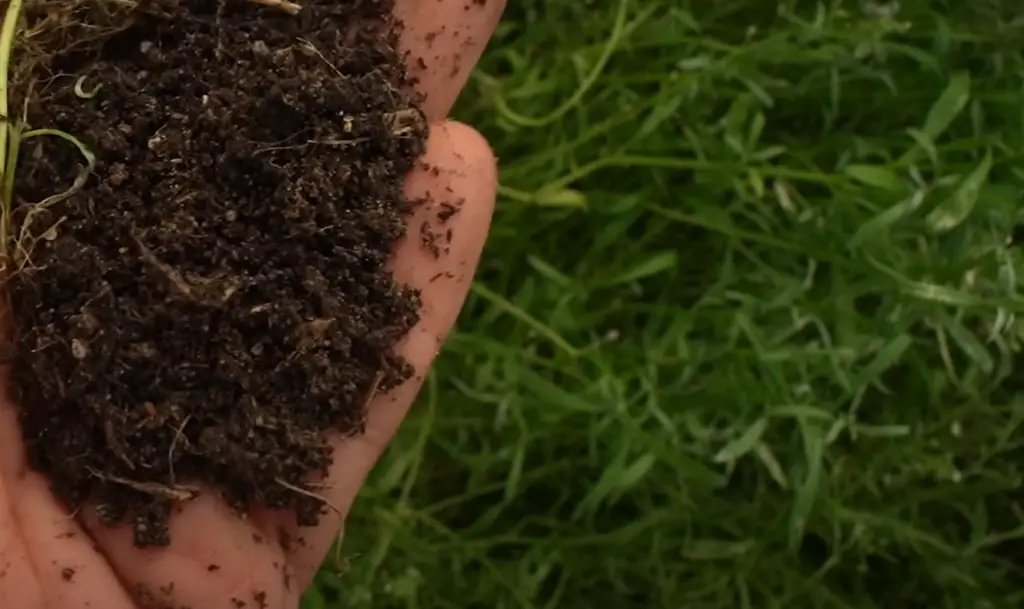
Additionally, no-till can be more cost-effective than tilling since it requires less labor and equipment. However, some disadvantages include the potential for increased weed pressure, nutrient deficiencies in the soil, difficulty establishing certain crops, and difficulty controlling deep-rooted weeds. Additionally, no-till may not be suitable for all soils or climates. When deciding whether or not to use no-till farming practices, it’s important to consider both the advantages and disadvantages of your particular situation.
Can you till in cold weather?
In general, it is not recommended to till in cold weather. This is because the soil will be too hard and compacted, which can cause damage to your equipment. Additionally, cold weather can also make tilling more difficult since the ground may be frozen or wet. However, if you must till in cold weather, be sure to use a lightweight tiller and adjust your tilling speed accordingly. Additionally, consider using mulches or cover crops instead of tilling in order to help insulate the soil from extreme temperatures and reduce weed pressure.
What are some common mistakes when tilling?
Some of the most common mistakes made when tilling include working the soil when it’s too wet, overworking the soil (which can lead to compaction), tilling too deeply (which can disturb roots and disturb soil structure), failing to add organic matter or fertilizers, working the soil when it’s too cold, and forgetting to check for debris or rocks. Additionally, it’s important not to till too close to existing plants or trees, as this can damage their root systems. Finally, be sure to use appropriate-sized equipment for the job in order to avoid damaging the soil or injuring yourself.
Why is tillage better than no-till?
Tillage has several advantages over no-till. For example, tilling can help to aerate the soil and reduce compaction, which can improve drainage and nutrient availability. Tilling also helps to control weeds by cutting off their roots. Additionally, tilling is often easier than other methods of soil preparation such as sheet mulching or deep cultivation, since it requires less labor and equipment.
Useful Video: Till vs. No Till Gardening – Pros & Cons of Each
Conclusion
Garden tilling is a great way to loosen and prepare the soil for new plants or landscaping. It can also help improve air circulation, drainage, and nutrient levels in the soil. By understanding what garden tilling is and how it works, you will be able to make informed decisions about whether or not it is right for your garden. Tilling may not always be necessary depending on your climate and current soil structure, but when needed, it can have tremendous benefits by improving the health of your soil. No matter your gardening needs, taking time to learn more about garden tilling can help ensure that you have a happy and healthy garden all season long.
References:
- https://bonnieplants.com/blogs/garden-fundamentals/begin-when-the-soil-tells-you-to
- https://backyardhomesteadhq.com/the-14-real-pros-and-cons-of-tilling-your-garden/










Leave a Reply
View Comments